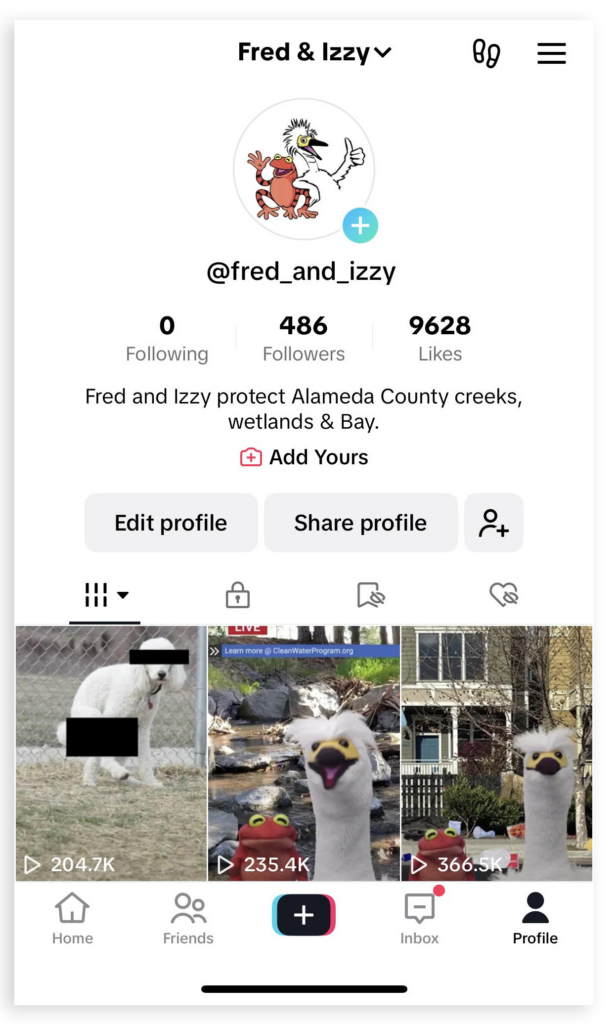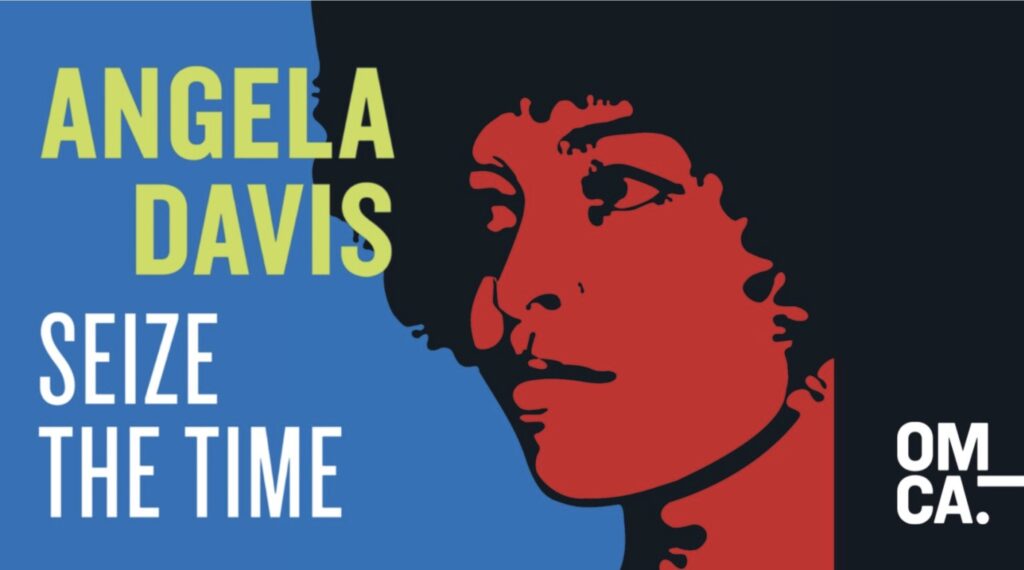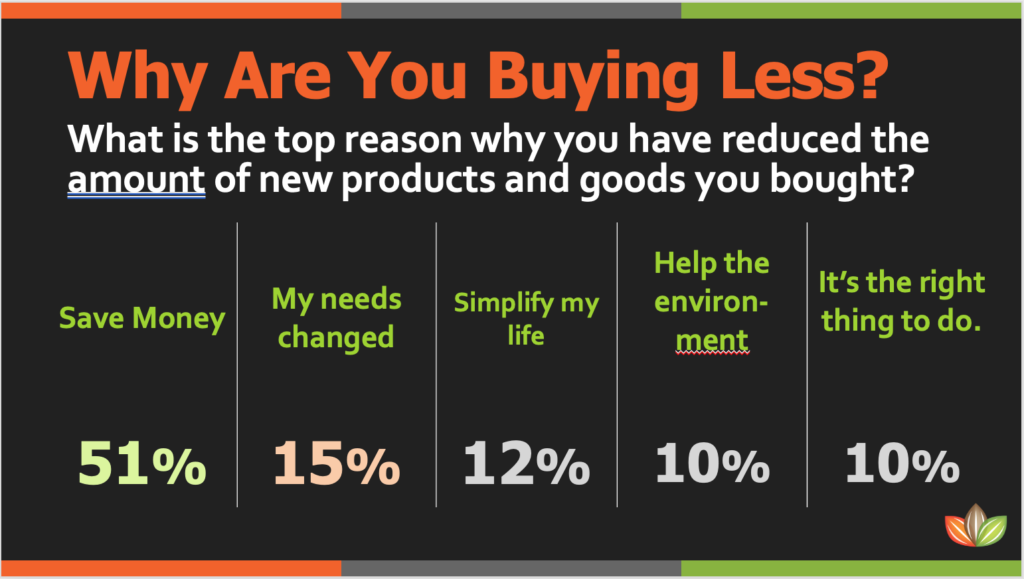Environmental specialists are working, like everyone else, in a polarized world where distrust of media and “truthiness” can make us question absolutely everything.
You’ve seen the headlines in everything from business press, public radio …
“Plastic Recycling Doesn’t Work and Will Never Work”
“You Can’t Recycle Your Way Out”
“America’s Broken Recycling System”
… and network TV:
At Gigantic, we work with clients whose jurisdictions:
- Don’t accept “compostable” plastic
- Do accept “compostable” plastic
- Only accept Plastics # 1, 2, 5
- Only accept “rigid” plastics
- Ask you to put plastic bags in the Garbage
- Ask you to put plastic bags in the Recycling
- Accept paper cups in Recycling
- Accept paper cups in the Garbage
- Put pizza boxes in the Recycling
- Put pizza boxes in the Organics
And on and on…

Is it any wonder that residents are wondering what’s going on?
If we had a magic wand, we’d wave it and make all this a lot simpler: focus on just a few of the most easily identified recyclable materials so that “waste” streams are clean and easily processed. We’d like to see:
- All jurisdictions’ carts be the same color and labels as in other jurisdictions.
- Every jurisdiction have the same “what goes where” instructions and
- VASTLY simplify “what goes where” messaging to focus on the most recyclable items, in order to cut down on contamination. We have seen over and over that “wishcycling” is a real thing, and a real hassle for materials facilities.
But we don’t live in a perfect world. For now, environmental communicators need to be honest about the challenges of recycling, while reassuring the public that many problems can be solved and not to give up hope.



 Our team has gotten even more Gigantic! We are pleased to announce the addition of Myer Venzon and Dennis Uyat to our team of Associates.
Our team has gotten even more Gigantic! We are pleased to announce the addition of Myer Venzon and Dennis Uyat to our team of Associates. Dennis holds a B.A. in Geography with a minor in Geospatial Information Science Technology from UC Berkeley and an A.A. in Recycling and Resource Management from Golden West College in Huntington Beach. They hold a certificates in Master Resource & Conservation and Master Compost & Solid Waste from the San Mateo County Office of Sustainability, and Zero Waste Community Associate by Zero Waste USA.
Dennis holds a B.A. in Geography with a minor in Geospatial Information Science Technology from UC Berkeley and an A.A. in Recycling and Resource Management from Golden West College in Huntington Beach. They hold a certificates in Master Resource & Conservation and Master Compost & Solid Waste from the San Mateo County Office of Sustainability, and Zero Waste Community Associate by Zero Waste USA.
